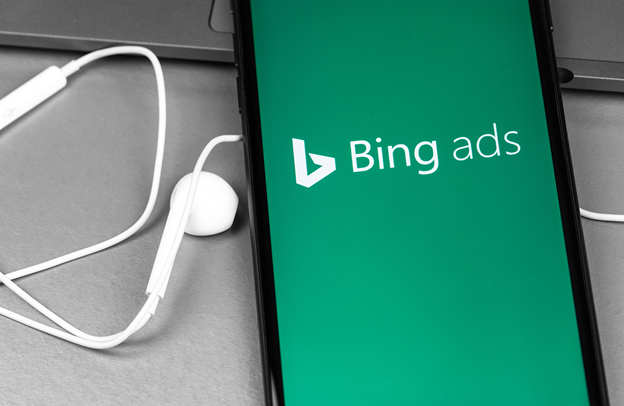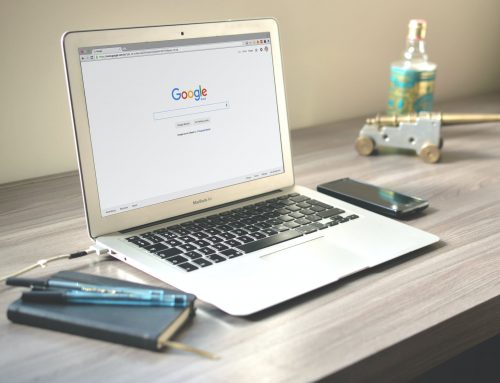By: AJ Fisler
The digital age is here and inescapable, and along with it are new ways of advertising and marketing. The internet has grown into a world of its own where businesses can take advantage of this new realm to advertise their products or services. This new plane of existence can be overwhelming and intimidating if you haven’t begun navigating it on your own. Or, if you are already familiar with digital marketing, we can still help you choose the best method for your business or enterprise.
The first tip we can give is that most successful businesses use both Bing Ads and Google AdWords in some sort of combination together. Since Google and Bing advertisements market to slightly different audiences, it’s recommended to use both to expand your business’s reach to its fullest. Nevertheless, here are some pros and cons of both Bing Ads and Google AdWords.
Google AdWords
Pros:
Reach:
The reach of Google AdWords platforms, Display Network and Search Network, access a broader range, and usually younger audiences, than Bing.
Targeting:
Google AdWords provides several different targeting categories for audience and content. Here’s a quick list of some of the targeting they offer:
- Audience Targeting
-
-
- Demographics
- Affinity
- In-market
- Custom intent
- Similar audiences
- Remarketing
-
- Content Targeting
-
- Topic
- Placement
- Keywords
- Display expansion for search
Conversion Rates:
With the popularity of Google, AdWords has higher conversion rates than Bing and higher quality traffic that comes with a higher conversion rate.
Phone Call Advertisements:
Google makes it easier for advertisements that offer phone numbers or calls. Not only does Google allow you to select and call a number from your device through an advertisement, but Google will only show the number when call times are available and if the device searching the advertisement can make a phone call.
Cons:
Google AdWords offers less specific targeting than Bing does, such as targeting by mobile device. Google also misses out on some of the older, wealthier, and more educated audiences that tend to use Bing.
Since Google AdWords are used by more businesses than Bing currently, there is much more competition between marketing campaigns. This makes the cost of the advertisements higher and reduces the chances they might be seen over other competitors.
Bing Ads
Pros:
Reach:
Bing reaches more desktop users than Google does and older audiences with higher incomes. Bing also owns AOL and Yahoo, meaning advertisements with Bing will also appear on those search engine results as well.
Targeting:
Bing provides very specific targeting such as age, device, gender, time of day, day of the week, LinkedIn profiles, keywords and much more. These are more specific than some of the targeting offered by Google AdWords.
Import Google AdWords:
Bing offers the option to import existing Google AdWord campaigns into Bing Ads. Bing recognizes that more businesses use or began with Google AdWords, and make it easy to transfer your ad campaigns rather than creating them from scratch.
More Control at Ad Group Level
Bing allows advertisers to target people according to their LinkedIn profile. This can include things like company names, industries and job titles. Right now, Bing is the only platform offering this service.
Cons:
Bing has lower conversion rates from cheaper, lower quality traffic, and therefore a lower cost. This is perfect for cheap traffic if you are looking to provide simple awareness of a product or service at the beginning of a buyer’s journey.
Google has a bigger, broader reach than Bing. Google has been around and been established longer than Bing has, and so has a bigger overall reach. However, Bing is closing the gap and picking up audiences and populations largely missed by Google’s reach and targeting.
Bing also has a lower conversion rate than Google, but not by much. According to Spyfu.com, the conversion rate for Bing was about 50.6% lower than Google AdWords, meaning that about half of the people who clicked on Bing ads did not make a conversion or purchase.
Which One Should You Use?
It’s up to you and your business’s needs to decide which advertising platform to choose. As mentioned earlier, it’s recommended to use a combination of both Google AdWords and Bing Ads for the best success. If you or your business is considering using one or the other for a specific campaign or purpose, contemplate these pros and cons for your situation.
Need Help With Ad Campaigns?
BRMComplete combines all of your business and marketing applications all into one! This easy-to-use platform allows you to manage everything from one dashboard to minimize confusion! Visit our website today for more information, tips and news.







